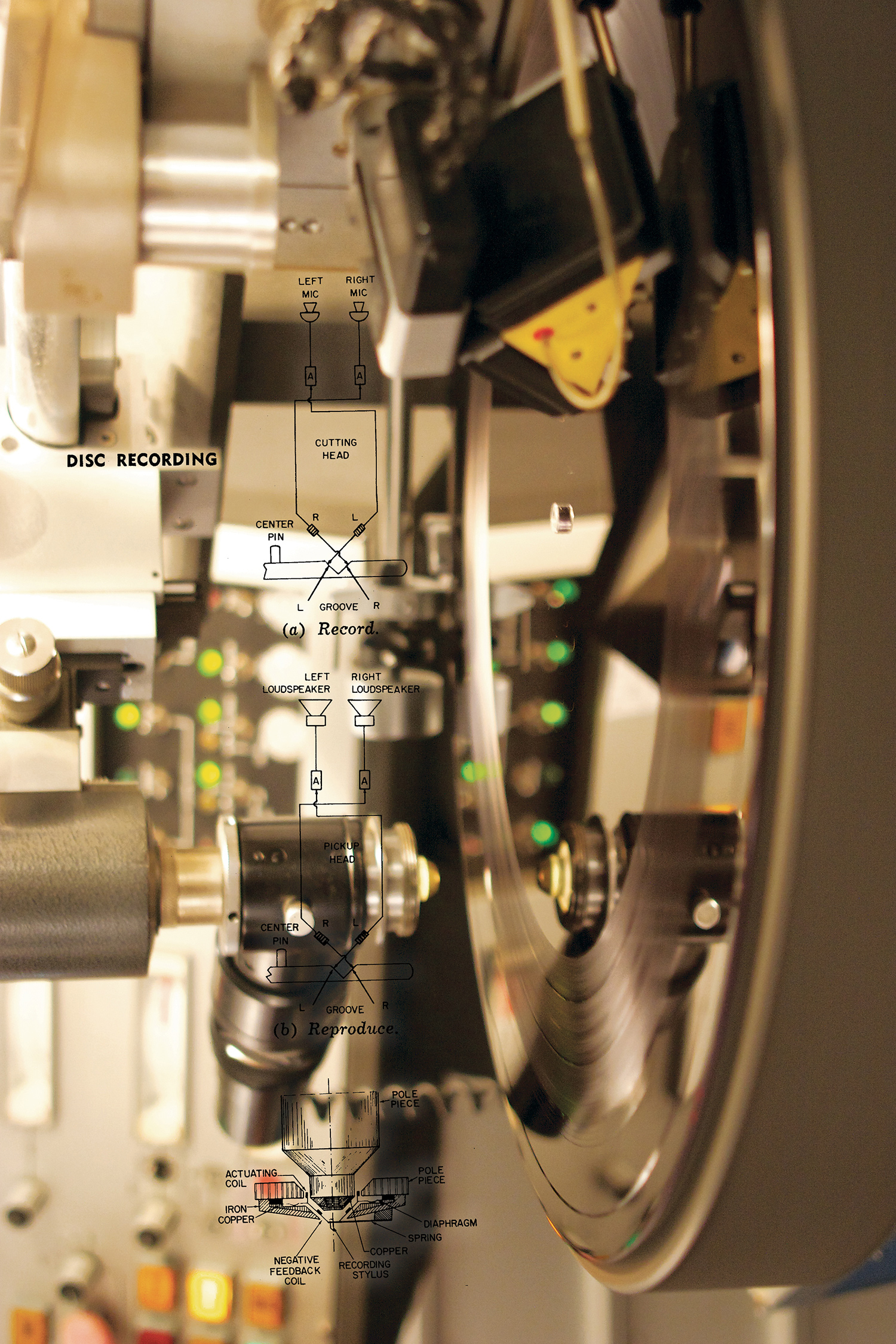MBHO might not be a household name, but you've probably used their gear. Based in Germany, the company has had a hand in products for broadcast and studio for decades. Audio engineers will recognize MBHO's contributions to well-known gear from Telefunken, Audix, and Brauner. MBHO was founded by Herbert Haun (formerly of Beyerdynamic) and Manfred Schneider (of Schoeps fame) in 1992, but their previous company, MB, dates back another 30 years to 1962. Today, MBHO's products are 95% hand-made.
The MBNM 440 cardioid and the MBNM 410 omni are small-diaphragm condensers. According to the company, both share the same phantom-powered electronics implemented with advanced surface-mount devices, which results in an extremely short signal path and low power consumption. Another benefit is the circuitry's ability to accept voltages from 22 to 48 V, which means these mics are well suited for long cable runs, location recording, and battery operation. Physically, the mics are on the smaller side (85 mm long) and finished with a non-reflective lacquered matte-black coating. Both models are easy to position and visually unobtrusive.
We compared the MBNM 440 against two other cardioid SDCs: the budget-friendly RØDE NT5 and the more expensive Neumann KM 184. Painting their differences in broad strokes, the NT5 had a more hyped top-end, and the KM 184 exhibited that "how are they doing that midrange thing?" that Neumanns are known for. Meanwhile, the MBNM 440 was more neutral and true - not ruler-flat boring, but more neutral. On acoustic guitar, the MBNM 440 had more air than the KM 184, but a little less note articulation. The RØDE showcased the brightness of the instrument (a Taylor with phosphor bronze strings, so keep that in mind). On this acoustic guitar, the MBNM 440 was less finicky about placement versus the RØDE. While I would not advise rushing through setup, having a mic that is more agreeable to time constraints (such as in a live situation) is a benefit.
On drums, a pair of MBNM 440 mics was solid as overheads. Again, this model was less particular to placement than the NT5, but less exciting than the KM 184. On recording cymbals, the MBNM 440 pair presented the wash well, but on bright (mirror-finish, live-sound) cymbals, they were not forgiving. Before you blame the mic, remember the source. Another note - the MBHO overheads captured the deep lows of the drums better than the competitors did. If you are someone who prefers not to filter the lows out of the overheads, this is a big plus.
The MBNM 440 cardioid and MBNM 410 omni mics are solid citizens that would be great additions to your mic locker. If you already have a pair of expensive SDCs, these MBHO models are good extra mics for a fair price. While they do not have any of the sparkle or hype that is found in many contemporary SDCs, the MBNM 440 and MBNM 410 are not boring. With their more natural response, they make great utility mics. In my mind, an ability to operate on a wide variance of phantom power makes them a no-brainier for live work. If you record rock or country, both of these MBHO models could be good add-on pairs for your collection, but if you do location or classical recordings, put them on your short list the next time you are shopping for SDCs. As of this writing, the US dollar is doing very well against the Euro. If you are considering a German mic, now is the time. Dale Pro Audio <www.daleproaudio.com> is the exclusive U.S. distributor of MBHO.




_disp_horizontal_bw.jpg)